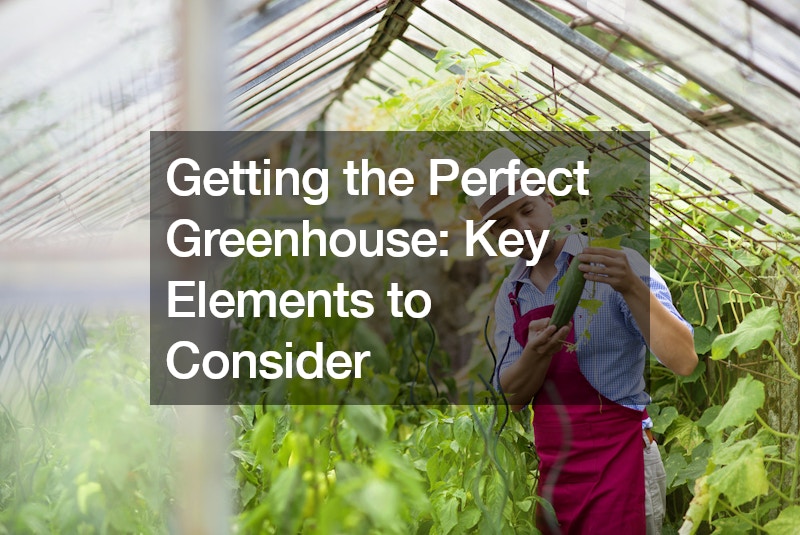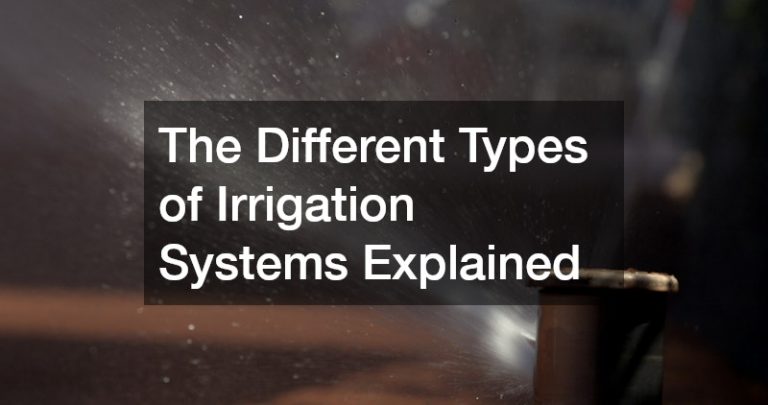Gardening enthusiasts often find themselves longing to extend their growing season, protect delicate plants from harsh weather conditions, and optimize their garden space. One of the most effective solutions to these challenges is investing in a greenhouse. These structures provide a controlled environment where plants can thrive year-round, offering a multitude of benefits for both amateur and seasoned gardeners alike.
When selecting a greenhouse, it’s essential to consider several factors to ensure that you choose the perfect fit for your gardening needs. Let’s explore the key elements to look for when searching for the ideal greenhouse.
Material Matters
One of the primary decisions to make when selecting a greenhouse is choosing between wood and aluminum structures. Wooden greenhouses exude natural charm and can blend seamlessly into your garden landscape. However, they require regular maintenance to prevent rot and deterioration. On the other hand, aluminum greenhouses are low-maintenance and durable, offering longevity without compromising functionality. Consider your aesthetic preferences and maintenance capabilities when deciding between these two materials.
Additionally, it’s essential to explore the various types of greenhouses available and the materials used in their construction. Traditional greenhouse designs include freestanding structures, lean-to greenhouses attached to existing buildings, and even portable options like hoop houses. For those seeking a combination of strength and affordability, quonset greenhouses are an intriguing option. Constructed from materials like galvanized steel or PVC, quonset greenhouses offer excellent durability and longevity, making them an attractive choice for gardeners seeking a reliable and cost-effective solution.
Optimal Ventilation
Adequate ventilation is crucial for regulating temperature and humidity levels within the greenhouse, creating an optimal environment for plant growth. Look for greenhouse designs that incorporate adjustable vents or louvers, allowing you to control airflow as needed. Roof vents are particularly effective in promoting air circulation and preventing heat buildup during hot summer days. Proper ventilation also reduces the risk of fungal diseases and pest infestations, ensuring the health and vitality of your plants.
In addition to adjustable vents and roof vents, consider incorporating side vents or louvers into your greenhouse design for enhanced airflow control. These additional ventilation options can further optimize air circulation, especially in larger or multi-sectioned greenhouses. Louvers positioned along the sides of the greenhouse allow for cross-ventilation, facilitating the exchange of fresh air and reducing the likelihood of stagnant air pockets. By strategically placing vents at varying heights and locations, you can create a more uniform climate throughout the greenhouse, promoting even plant growth and minimizing temperature differentials.
Let There Be Light
Light is the lifeblood of plants, and maximizing natural sunlight within the greenhouse is essential for robust growth. Choose a greenhouse with large panes of glass and minimal framework to maximize light penetration. Dutch light greenhouses, featuring angled sides that capture additional sunlight, are an excellent option for enhancing light exposure. Keep the glass clean to optimize light transmission and avoid obstructing sunlight with unnecessary shading structures.
Orientation Matters
While the orientation of your greenhouse may not be a critical factor for smaller structures, it can significantly impact light exposure and temperature regulation in larger models. For optimal sunlight exposure, position the greenhouse with its longest side facing north-south. This orientation ensures that plants receive ample sunlight throughout the day, promoting healthy growth and productivity. Consider the seasonal variations in sunlight angles when determining the ideal orientation for your greenhouse.
Moreover, take into account the specific needs of the plants you intend to cultivate. Some crops may thrive in direct sunlight, while others prefer partial shade or filtered light. By understanding the light requirements of your plants, you can fine-tune the orientation of your greenhouse to optimize growing conditions and maximize yield.
Sturdy Foundation
A solid foundation is essential for the stability and durability of your greenhouse, especially in areas prone to strong winds or uneven terrain. Some greenhouse models come with pre-installed concrete bases, while others require you to construct your own foundation. Ensure that the site is level and properly prepared before installing the greenhouse, and consider anchoring the structure securely to prevent movement or damage during inclement weather.
Rainwater Collection
Make the most of nature’s bounty by incorporating guttering into your greenhouse design. Collecting rainwater from the roof of the greenhouse provides a sustainable water source for irrigating your plants, reducing water consumption and utility costs. Install a water butt at the end of the guttering system to store rainwater for future use, ensuring that your plants remain hydrated even during dry spells. Additionally, guttering helps prevent water runoff and soil erosion around the greenhouse perimeter, maintaining a tidy and efficient gardening space.
To conclude, selecting the perfect greenhouse requires careful consideration of various factors, including material, ventilation, lighting, orientation, foundation, and rainwater collection. By prioritizing these key elements, you can create an optimal growing environment for your plants and unlock the full potential of greenhouse gardening. Whether you’re a novice gardener or a seasoned horticulturist, investing in a greenhouse is a rewarding endeavor that yields bountiful harvests and endless gardening possibilities.
.






